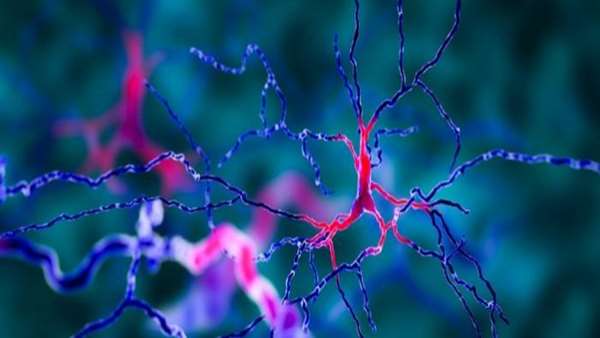In a study published in Nature Medicine, researchers at the University of Wisconsin–Madison (WI, USA) have reported promising results after implanting autologous neuron grafts into the brains of monkeys that were exhibiting Parkinson’s symptoms prior to treatment. This approach, which involves generating neurons from the monkey’s own induced pluripotent stem cells, avoids complications with the primates’ immune system and paves the way toward applications in humans.
The loss of dopamine as a result of damage to neurons in Parkinson’s disease makes it progressively harder to coordinate muscles, leading to the hallmark symptoms of rigidity, slowness and tremors experienced by individuals with this disease. Patients in the earlier stages of Parkinson’s in particular are typically treated with drugs such as L-DOPA to increase dopamine.
“Those drugs work well for many patients, but the effect doesn’t last,” explained study author, Marina Emborg (University of Wisconsin–Madison). “Eventually, as the disease progresses and their motor symptoms get worse, they are back to not having enough dopamine, and side effects of the drugs appear.”
After limited success reported by researchers treating later-stage Parkinson’s patients using cells from fetal tissue, the team has been developing an approach that involves dialing donor cells from a patient back into a stem cell state, before directing their development to create neurons. This method holds promise as it could be used to overcome interference from patients’ immune systems.
This study began several years ago with a dozen rhesus monkeys being administered a neurotoxin to induce Parkinson’s-like damage for research. Emborg’s lab evaluated the monkeys monthly to measure dopamine production and assessed their progression of symptoms to a mature stage of the disease.
The team then injected millions of dopamine-producing neurons and supporting cells into each monkey’s striatum – an area of the brain where dopamine levels are depleted during Parkinson’s. Half of the monkeys received a graft made from their own induced pluripotent stem cells, while the other half received cells from other monkeys.
Within 6 months, there was an unmistakable difference between the two groups. The monkeys that received grafts of their own cells had notably improved in their ability to move, and within a year, their dopamine levels had doubled and tripled. Meanwhile the monkeys who received allogenic cells showed no lasting boost in dopamine or improvement in muscle strength or control.
When looking closer at the physical differences in the brain, the researchers observed that the axons of the autologous grafts were long and intermingled with the surrounding tissue.
“They could grow freely and extend far out within the striatum,” reported first author of the study Yunlong Tao (University of Wisconsin–Madison). “In the allogenic monkeys, where the grafts are treated as foreign cells by the immune system, they are attacked to stop the spread of the axons.”
The effects of the autologous grafts extended beyond muscle control. “Although Parkinson’s is typically classified as a movement disorder, anxiety and depression are typical, too,” Emborg commented. “In the autologous animals, we saw extension of axons from the graft into areas that have to do with what’s called the emotional brain.” Symptoms resembling depression and anxiety eventually subsided in the autologous cohort, while the allogenic monkeys’ symptoms remained unchanged or worsened.
The researchers hope to start working on applications for human patients soon. Particularly, building on Tao’s work measuring the relationship between symptom improvement, graft size and dopamine production to create a predictive tool for developing human grafts.
Ref:https://www.regmednet.com/autologous-neuron-transplants-in-monkeys-provide-hope-for-relieving-parkinsons-symptoms//




ارسال به دوستان